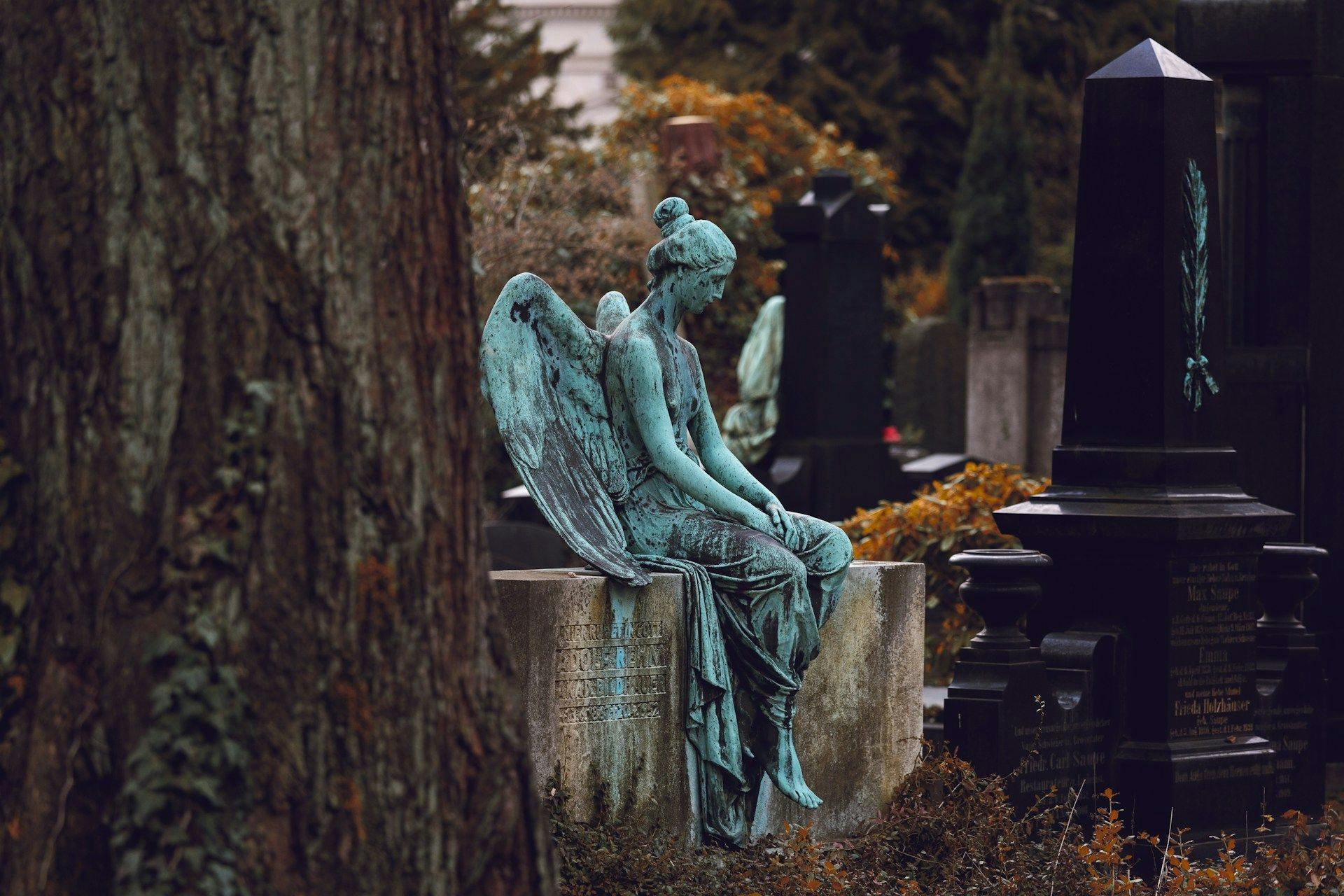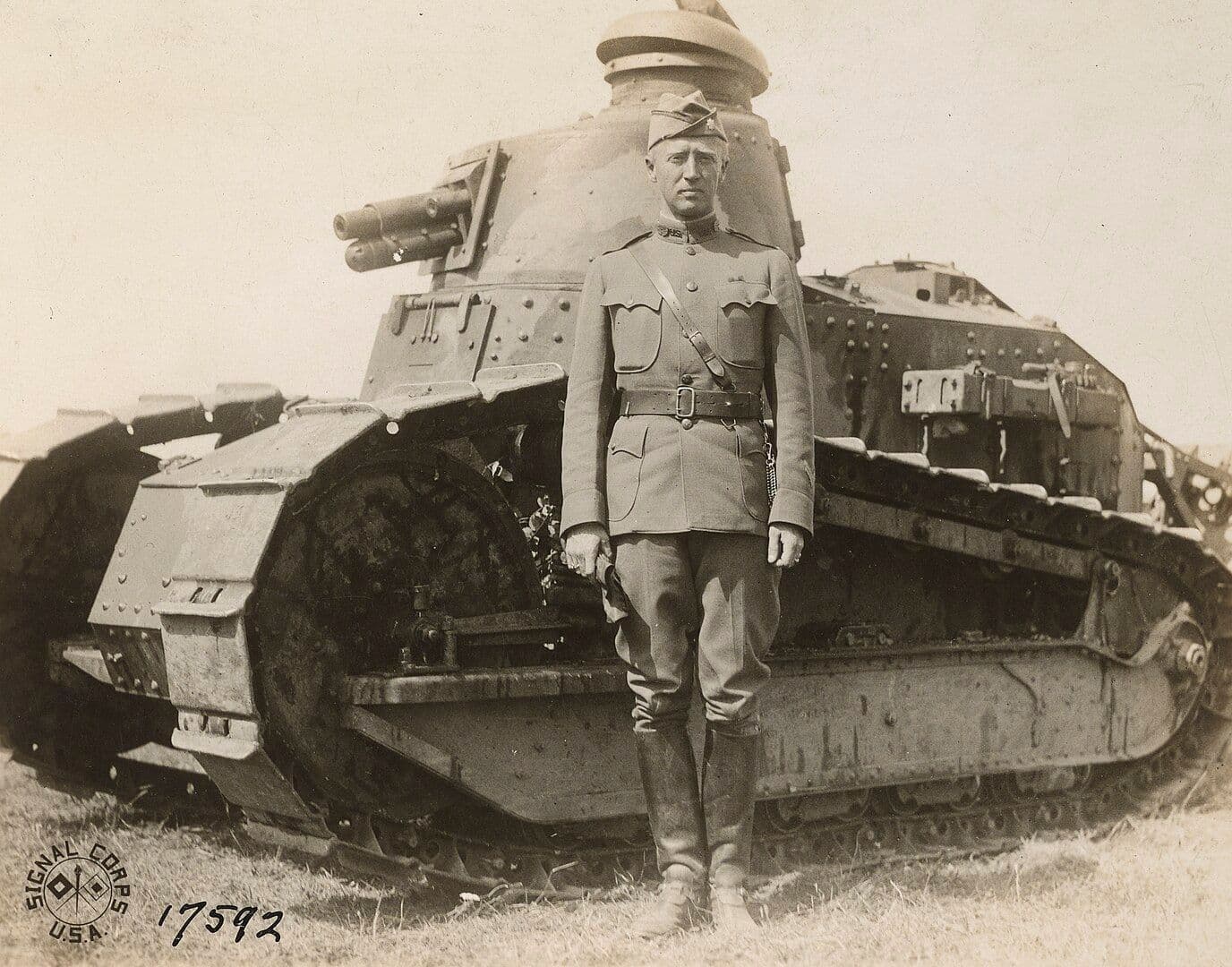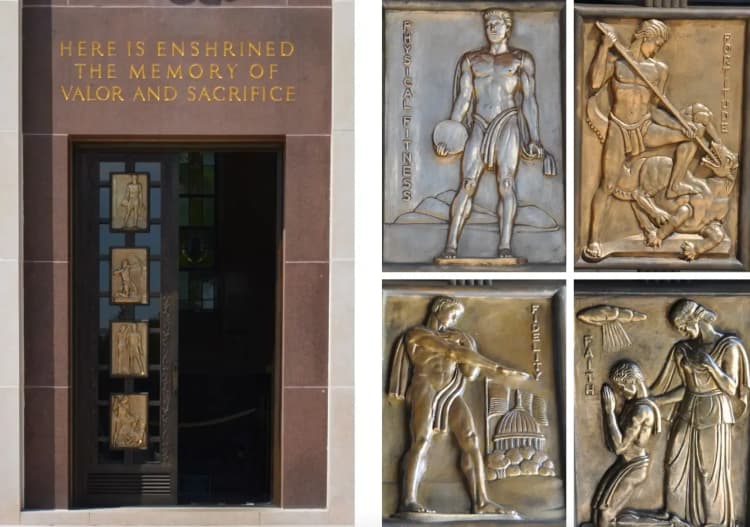
American Cemetery in Luxembourg
One of the historical sites and popular places to visit for tourists has an incredible history of foundation and has played several roled throughout different times. Find out more about the American Cemetery in our dive in.
In the picturesque countryside of Luxembourg is nestled a tribute to the brave men and women who made the ultimate sacrifice in the name of freedom — an American military cemetery.
General information about the American military cemetery
The cemetery was established on December 29, 1944, by the 609th Quartermaster Company of the U.S. Third Army as these troops halted the advance of Nazi Germany in the Ardennes during World War II. Beneath the emerald green grass, 5076 American heroes who fell during the Battle of the Bulge and the advance to the Rhine from the winter of 1944 to the spring of 1945 found their eternal rest. These American troops fought both in the air and on the ground. The cemetery was chosen as a temporary burial site.

Its initial construction was completed on December 16, 1949. In 1951, Luxembourg donated the land to the American Battle Monuments Commission in perpetuity, and the construction work was completed in the spring of 1960.
Among the more than 5,000 soldiers buried at this cemetery there is only one woman: Nancy Leo, a nurse from Maryland. She was killed in an automobile accident near Paris in 1945. Her grave is numbered H-9-71.
Opening hours of the American Cemetery
Excursion format
Directions to the Luxembourg American Cemetery
Cemetery complex: what can you find there
The 50.5-acre site is located three kilometers east of Luxembourg. Of this territory, 17 acres are taken by carefully manicured lawns. The surrounding woods take the remaining 33.5 acres. The landscape of the memorial is lined with spruce, beech, and oak trees. Hydrangeas and bindweed are planted along the walls at the entrance, and the grounds are planted with rhododendrons and beech hedges. There are four fountains on the territory. To the left of the entrance gate is a visitor center where brochures and guides are available.

The Luxembourg American Cemetery is one of fourteen American military cemeteries established outside the United States.
In the center of the memorial, on a square stone base, stands a chapel 15 meters high. The chapel is surrounded by holly and under its terrace there are yew trees.
On the east side of the facade is the USA coat of arms. On the west side is the coat of arms of the Grand Duke of Luxembourg, the dates 1941-1945 and the following text: "In proud remembrance of the achievements of her sons and in humble tribute to their sacrifices this memorial has been erected by the United States of America."
Above the front door is a sculpture of a blessing angel with a laurel wreath in his left hand. In the cloud above the angel is the symbol of world peace, the Holy Spirit is represented by a dove. The front door is made of bronze and has eight plaques attached to it, each one symbolizing a military virtue.
The ceiling of the chapel is covered with mosaics depicting four angels and a soaring dove. The light from the windows comes through colorful stained glass. The floor is made of four different types of Italian marble. The chapel is decorated with inscriptions on its side walls, national flags stand by the altar, and an inscription from the Gospel of John Chapter 10 is engraved upon the altar itself: "I give unto them eternal life and they shall never perish."
In front of the Chapel, you will find a seemingly endless field with a graveyard. The white marble crosses are grouped into nine sections.
- The Jewish graves bear the Star of David, while the others bear a cross.
- There are 101 graves for the unknown soldiers.
- Inside the sections, the rows of graves are lined with half arches and separated by grass, paths and roses.
U.S. General George S. Patton was buried here on Christmas Eve 1945, three days after his death in Heidelberg. The general was buried in active Section F, but in 1947 his remains were moved to the top of the hill and placed in front of the other graves behind the fence.
The names and ranks of the 371 missing fighters are engraved on the two columns of the courtyard. Large wall mosaics depict panoramic views and military operations of the Battle of the Bulge. In honor of the dead, the following words are written: “Here are recorded the names of Americans who gave their lives in the service of their country and who sleep in unknown graves."
Historical overview
One of the main persons of those events is General Patton. General Paton's background: You'd be hard-pressed to find a 17-year-old who had half a clue about what he wanted to do for the rest of his life. A young talent, Patton already had an idea of his life's path at the age of 17. He spent his youth reading about military history. In particular, George was fascinated by the stories of conquerors such as Julius Caesar, Hannibal, and Napoleon Bonaparte.

Nazi Germany Occupation of the Ardennes
General Paton's decision to go to Bastogne
Breaking the encirclement of Nazi Germany
Victory in the Battle of the Bulge
Death of General Patton
Frequently Asked Questions (FAQ)
Which Luxembourg museums are war-related
Why is General Patton buried in Luxembourg
Is the American cemetery in Luxembourg the largest outside the United States
Source: nhd.org, www.liberationroute.com, www.abmc.gov, en.wikipedia.org, www.luxembourg-city.com, www.visitluxembourg.com
We took photos from these sources: Veit Hammer for Unsplash, wikipedia.org nhd.org nhd.org nhd.org nhd.org wikipedia.org Facebook wikipedia.org




